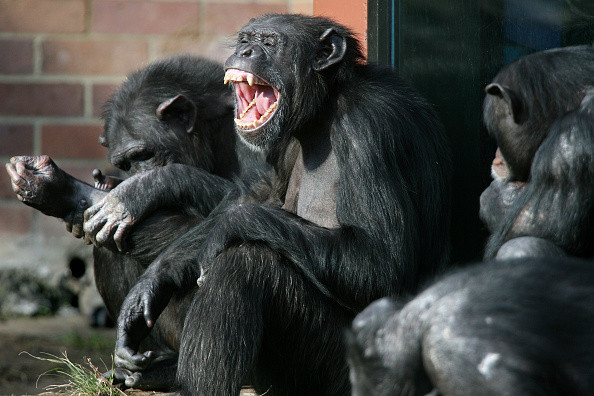Sound of people's laughs reveals their relationship status

When we hear people laugh, we can predict the quality of their relationship, scientists claim. Laughter is a universal phenomenon found in every human as well as in non-human primates. Monkeys such as orang-utans or chimps laugh to communicate or create bonds between each other.
However, the function of laughter in modern humans does not stop there, and is not very well understood. A recent study, published in PNAS explains how laughter is crucial to understand and describe the relationships between people, in a range of social groups.

Co-laughter and relationship status
Volunteers were asked to listen to brief instance of communal laughter among people in a sample of 966 participants from 24 societies. The scientists then asked them to predict the relationship status of different individuals, based on their laughs: were they friends, or strangers who had just met?
The study reveals that a lot of the time, relationships were described correctly by participants. Indeed, they reliably distinguished friends from strangers with an accuracy of 53–67%.
The scientists also show that laughs are acoustically different, depending on the relationship of the persons. Co-laughter between friends is more likely to be spontaneous, while two strangers may produced more artificial, volitional laughs. These acoustic divergences are consistent across cultures, linguistic and social groups.
In modern humans, co-laughter could have the purpose of quickly and accurately judging relationships between individuals, no matter the cultural or social origins. And since laughter's functions transcend all cultures, it can be defined as "a universal means of signalling cooperative relationships", the authors conclude.
© Copyright IBTimes 2025. All rights reserved.





















